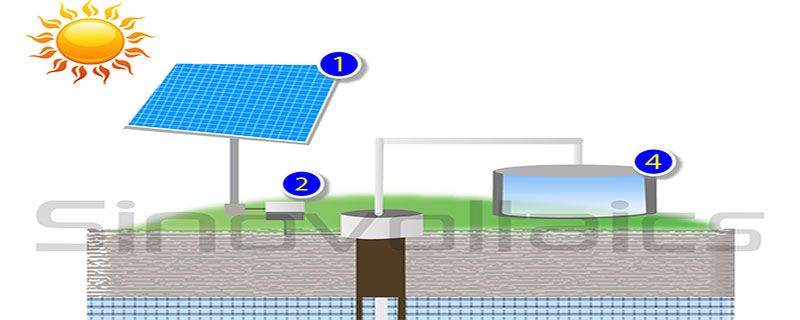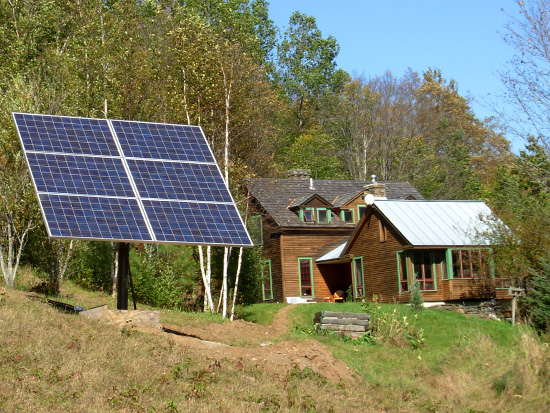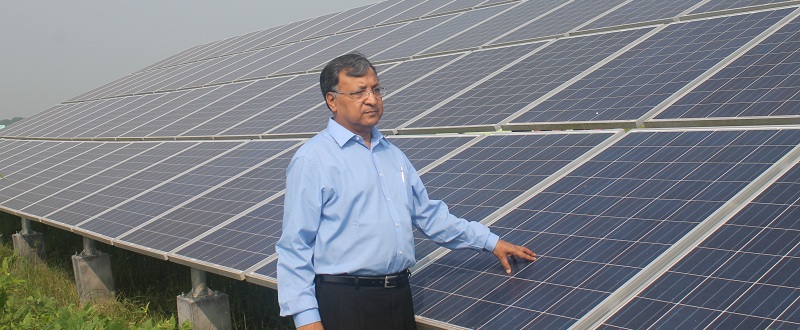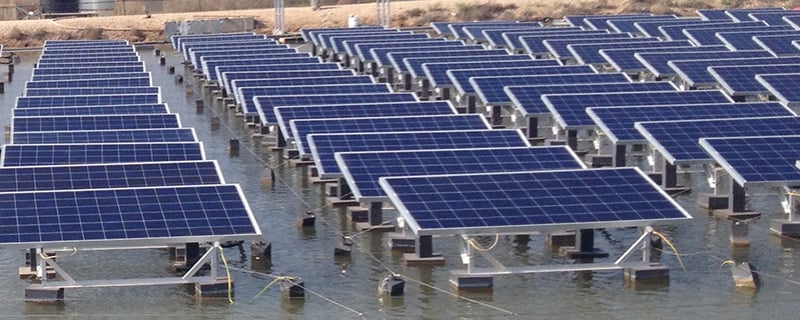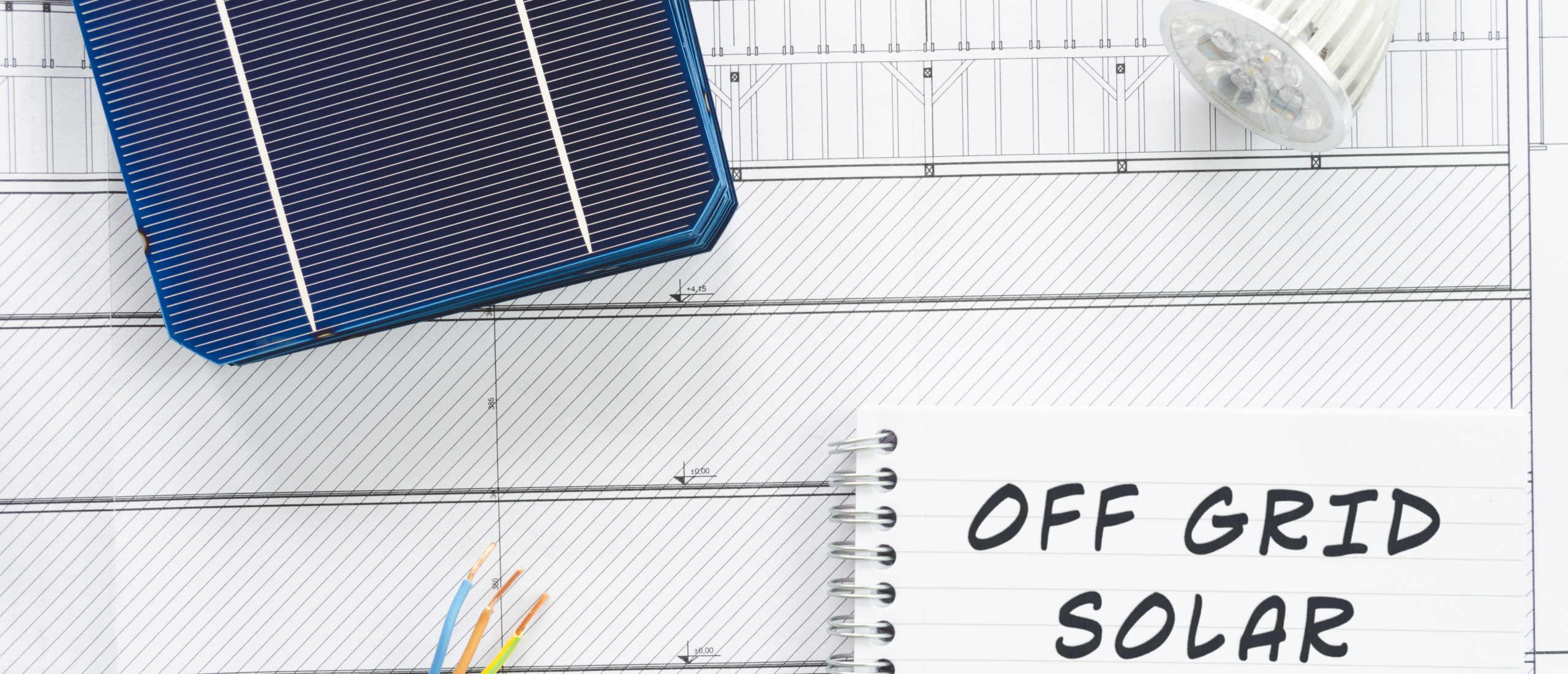More than two billion people do not have frequent and uninterrupted access to electricity, limiting their possibilities of communication and education as well as the quality of healthcare. This lacking energy supply restricts business opportunities, hampers economic development and encourages the spread of diseases. From this point of view, the achievement of full electrification should be the natural interest of any national economy, and Off-Grid PV systems can contribute to this.
Off-Grid solar systems, an important pillar
In recent years, solar PV systems that work independently from any grid, so called off-grid solar (PV) systems, have increasingly become a hot issue in the solar industry and an important pillar of many electrification programs. In emerging economies such as India and Brazil, off-grid solar systems are regarded as a sustainable, cost-effective and clean way to achieve clean and full electrification, in particular with regards to rural households that are far off any national grid and which can profit from good sun radiation conditions. These considerations are not least taking into account the facts mentioned above, but also the supply insecurities and dependencies that derive from operating oil- and gas powered plants as well as the vast territorial size and geographical diversity of these countries that complicate electricity supply to every household. Moreover, the intense exposure to sun radiation of many countries in the southern hemisphere bears lots of yet only marginally used potential.
Aside from the issue of full electrification, the potential of off-grid solar systems is though not only limited to rural areas. In metropolitan areas of industrialized and developing countries, too, off-grid systems are in times of mounting electricity prices increasingly becoming en vogue. Moreover, they may serve as essential electricity backup systems for hospitals or servers.
One of the world’s oil-richest countries, Saudi Arabia, has early in this decade announced its solar strategy seeing the kingdom as a future leading exporter of both oil and solar electricity. This strategy is not only set to counter the chronic lack of electricity in the wealthy Arabian country, but also a reaction to the shifts of the energy policies of many customers in Europe, America and Asia that seek a way out of the oil-dependency trap.
In India, more than 400 million people or one third of the whole Indian population still do not have access to electricity. Given its scarce natural energy resources apart from coal, the good sun radiation conditions in most parts of the Indian territory, the slow extension of the electricity grid systems, particularly in northern India, and the high dispersion rate of the Indian households all over the countries plain and mountainous areas, off-grid solar systems are the potential fast-track channel towards full electrification.
Hurdles Off-Grid PV systems
Yet, many hurdles are still in the minds of potential private and public investors and entrepreneurs that are mainly:
- limited financial capabilities of particularly rural customers
- still high (yet much lower than years before) up-front costs for off-grid solar systems
The limited financial capabilities of those who still lack access to electricity are in most cases a hurdle, yet not an obstacle. Today, more and more GOs and NGOs invite tenders for solar-based electrification programs or undertake similar projects on their own by procuring and installing the systems themselves. There are both programs in the framework of development aid but also business-like models as for example applied in the case of Grameen Shakti in Bangladesh that sell off-grid solar systems to rural customers based on a very successful and popular microcredit-scheme. There is anyway a huge market potential that is however constrained by the (expected) high up-front costs of off-grid solar systems.
Affordable and quality components
In this regard, solar manufacturers in China enter the stage of interest as there are more and more manufacturers that produce high quality solar cells, batteries or inverters at considerably low prices. The key problem here for all off-grid solar entrepreneurs, investors and installers is to identify the quality manufacturers which is indeed a difficult task. Moreover, there are still not many Chinese manufacturers that offer complete and quality off-grid solar system solutions so that the components of the whole systems – after manufacturers of trust have been identified – have to be bought piece by piece. This is not only a time- and money consuming, but also a risky task. Identifying a company that sells cost-efficient and complete high-quality low-price systems can therefore be a first crucial step towards successful business in the off-grid solar market.
Solar panel quality inspections
Are you purchasing solar panels, inverters or mounting racks in the Greater China region? Sinovoltaics performs independent quality inspections on-site at solar manufacturers.
Advantages:
- Replace defects prior to shipment
- Independent testing report
- 100% certainty about product quality
- International testing crew specialized in solar PV panels, inverters and mounting racks
Learn more about Sinovoltaics and its PV quality inspection and consultancy services

